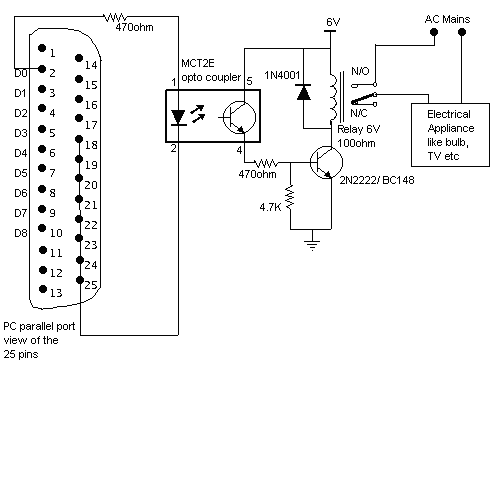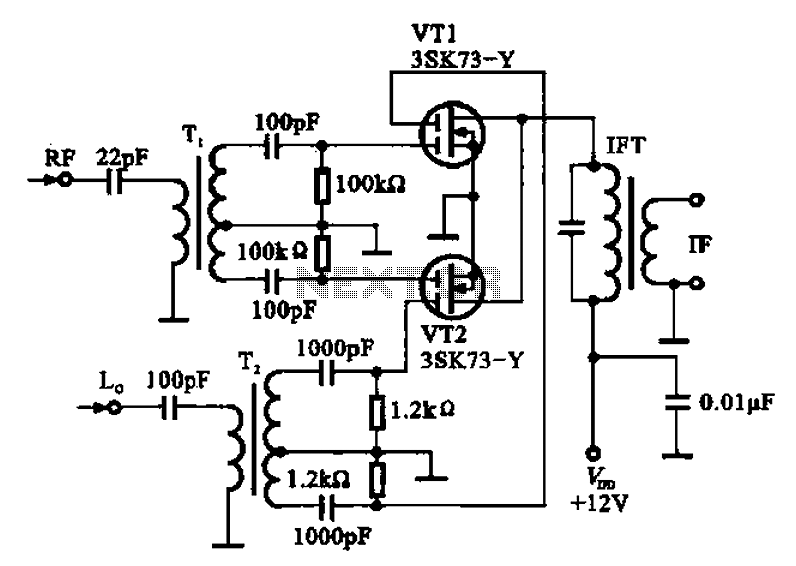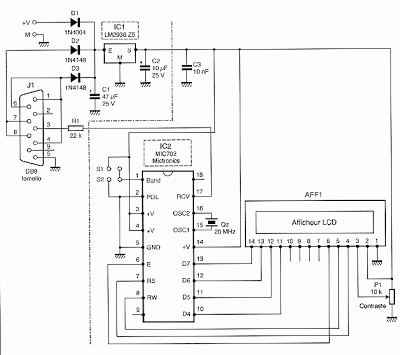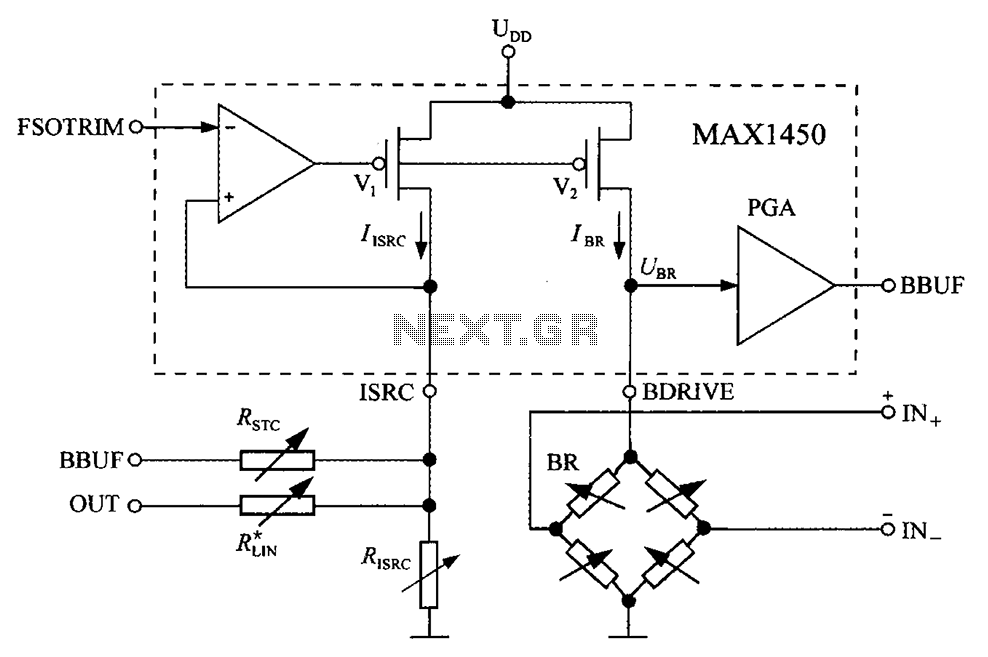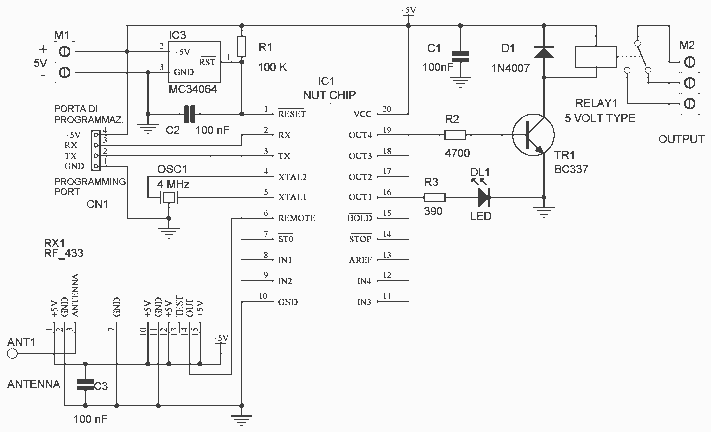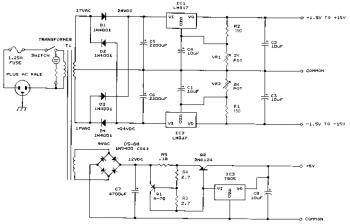
Electrical Single Line Diagram - Part Two
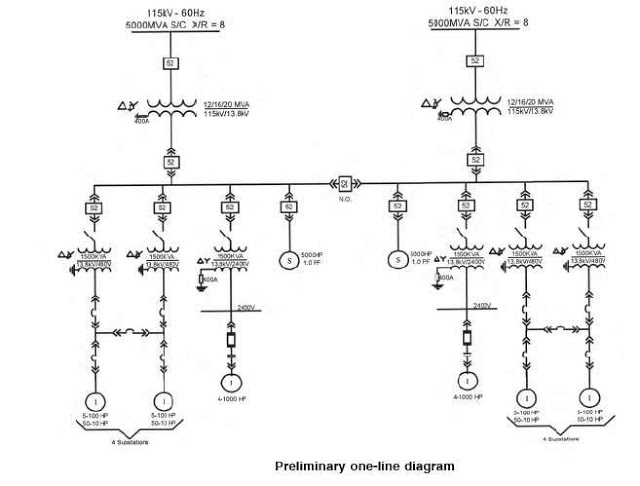
The single line diagram is a circuit diagram where a "one-line" representation illustrates the three phases of a three-phase power system. In addition to displaying the ratings and sizes of electrical equipment and circuit conductors, a well-drawn one-line diagram will also depict an electrically accurate distribution of power concerning current flow from the power source to the downstream loads or panelboards. Inaccuracies in this documentation and the failure to regularly update one-line diagrams as electrical systems evolve over time often result in increased downtime during system failures. The single line diagram provides several advantages to the facility it represents, particularly in identifying potential problem areas, improving safety compliance, and enhancing staff safety. The single-line diagram serves as a simplified notation for illustrating a three-phase power system; rather than representing each of the three phases with a separate line or terminal, only one conductor is depicted. In one-line power diagrams, components are typically arranged in order of decreasing voltage levels, with the highest voltage component positioned at the top right of the drawing. To determine how power is supplied to a component, one should start at the component and trace the power flow backward through the drawing. This method is particularly useful for locating the correct circuit breaker to isolate a component for maintenance. The diagram includes details such as voltage, phase, and frequency of incoming and outgoing circuits, available short circuit and ground currents of the power company system, and the type of grounding used. Abbreviations for principal meters, instruments, and other devices (excluding relaying, which is listed separately) are indicated in the diagram. Each device in automatic switching equipment has a device function number, which is placed adjacent to or within the device symbol on all wiring diagrams and arrangement drawings for easy identification of its function and operation. The calculated 1-1/2 to 4-cycle interrupting current duty should be compared with the circuit breaker symmetrical interrupting capability, in accordance with ANSI C37.010: Application Guide for AC High-Voltage Circuit Breakers Rated on a Symmetrical Current Basis. Additionally, the feeder cable short-circuit heating limit should be compared with the maximum available short circuit current, considering time constants Kt and Ko (as per IEEE 242-1975: IEEE Recommended Practice for Protection and Coordination of Industrial and Commercial Power Systems). The calculations referenced in ANSI C37.010 determine only medium and high-voltage circuit breaker ratings. Short-circuit studies should be performed to ascertain relay operating currents, following the procedures outlined in IEEE 357-1973: IEEE Guide for Protective Relaying of Utility-Consumer Interconnections. Ratings for external devices, such as grounding resistors and control power transformers, should be shown, taking into account the type of protective relaying instrumentation and metering required. The selection of relay ratings and characteristics must be confirmed by conducting a comprehensive system short-circuit and coordination study, adhering to the relevant IEEE standards. Furthermore, it is essential to verify that all circuit conductors are utilized within their short-circuit heating limits, as stipulated in IEEE 242-1975.
The single line diagram is a vital tool in electrical engineering, providing a clear and concise representation of complex power systems. By condensing multiple phases into a single line, it simplifies the analysis and understanding of the system's operation. Each component is represented with standardized symbols, which enhances communication among engineers, technicians, and maintenance personnel. The arrangement of components by voltage levels not only aids in visual clarity but also assists in troubleshooting and maintenance tasks.
Power flow tracing is a critical function of the single line diagram, allowing engineers to identify the path of current from the source to various loads. This capability is essential for maintenance activities, ensuring that technicians can safely isolate components without disrupting the entire system. Furthermore, the inclusion of ratings, such as voltage and current capacities, provides essential information for ensuring that equipment operates within safe limits.
The diagram's role in safety is paramount; it serves as a reference for compliance with industry standards and regulations. By identifying potential problem areas, it allows for proactive measures to be taken, thereby reducing the likelihood of failures and enhancing operational safety. The detailed documentation of circuit conductors and protective devices ensures that the system is designed and maintained according to best practices, minimizing risks associated with electrical hazards.
In summary, the single line diagram is an indispensable resource in the design, operation, and maintenance of electrical power systems. Its ability to convey complex information in a simplified format supports effective communication and enhances the overall safety and reliability of electrical installations.The single line diagram is circuit diagram where "one-line" is shown to represent three phases of a three phase power system. In addition to showing the ratings and size of electrical equipment and circuit conductors, a properly drawn one-line diagram will also show an electrically correct distribution of power with respect to current flow from th
e power source to the downstream loads or panelboards. Inaccuracy in this documentation and failure to update one-line diagrams on a regular basis as electrical systems invariably grow over time often results in increased down time when system failures occur, The single line diagram offers several benefits to the facility it outlines, especially: identification of possible problem places, improved safety conformity, and enhanced staff safety. Single-line diagram is a simplified notation for representing a three-phase power system; Instead of representing each of three phases with a separate line or terminal, only one conductor is represented.
On one-line power diagrams, components are usually arranged in order of decreasing voltage levels. The highest voltage component is shown at the top right of the drawing. In order to find out how power is supplied to a component, start at the component and trace the flow of power backwards through the drawing. This method will be most useful in locating the correct circuit breaker to isolate a component for maintenance The voltage, phase, and frequency of incoming and outgoing circuits.
The available short circuit and ground currents of the power company system, and type of ground used. The abbreviations used for principal meters, instruments, and other devices (not including relaying, which is listed in Fig.
2) are listed in fig. 1 above. Each device in an automatic switching equipment has a device function number (see fig. 2) which is placed adjacent to or within the device symbol on all wiring diagrams and arrangement drawings so that its function and operation may be readily identified. Compare the calculated 1-1/2 to 4-cycle (interrupting) current duty with the circuit breaker symmetrical interrupting capability.
(as per ANSI C37. 010: Application Guide for AC High-Voltage Circuit Breakers Rated on a Symmetrical Current Basis). Compare the feeder cable short-circuit heating limit with the maximum available short circuit current time Kt times Ko. (See IEEE 242-1975: IEEE Recommended Practice for Protection and Coordination of Industrial and Commercial Power Systems).
the calculations performed in accordance with Reference to (ANSI C37. 010: Application Guide for AC High-Voltage Circuit Breakers Rated on a Symmetrical Current Basis) determine only medium and high-voltage circuit breaker ratings. Perform short-circuit studies to determine relay operating currents in accordance with procedures outlined in IEEE 357-1973: IEEE Guide for Protective Relaying of Utility-Consumer Interconnections).
Show ratings selected for external devices, such as grounding resistors, control power transformers, considering the type of protective relaying instrumentation and metering required. Confirm the selection of relay ratings and characteristics by performing a complete system short-circuit and coordination study.
As per the following IEEE Standards: Verify that all circuit conductors are applied within the conductor short-circuit heating limit. (As per IEEE 242-1975: IEEE Recommended Practice for Protection and Coordination of Industrial and Commercial Power Systems.
) 🔗 External reference
The single line diagram is a vital tool in electrical engineering, providing a clear and concise representation of complex power systems. By condensing multiple phases into a single line, it simplifies the analysis and understanding of the system's operation. Each component is represented with standardized symbols, which enhances communication among engineers, technicians, and maintenance personnel. The arrangement of components by voltage levels not only aids in visual clarity but also assists in troubleshooting and maintenance tasks.
Power flow tracing is a critical function of the single line diagram, allowing engineers to identify the path of current from the source to various loads. This capability is essential for maintenance activities, ensuring that technicians can safely isolate components without disrupting the entire system. Furthermore, the inclusion of ratings, such as voltage and current capacities, provides essential information for ensuring that equipment operates within safe limits.
The diagram's role in safety is paramount; it serves as a reference for compliance with industry standards and regulations. By identifying potential problem areas, it allows for proactive measures to be taken, thereby reducing the likelihood of failures and enhancing operational safety. The detailed documentation of circuit conductors and protective devices ensures that the system is designed and maintained according to best practices, minimizing risks associated with electrical hazards.
In summary, the single line diagram is an indispensable resource in the design, operation, and maintenance of electrical power systems. Its ability to convey complex information in a simplified format supports effective communication and enhances the overall safety and reliability of electrical installations.The single line diagram is circuit diagram where "one-line" is shown to represent three phases of a three phase power system. In addition to showing the ratings and size of electrical equipment and circuit conductors, a properly drawn one-line diagram will also show an electrically correct distribution of power with respect to current flow from th
e power source to the downstream loads or panelboards. Inaccuracy in this documentation and failure to update one-line diagrams on a regular basis as electrical systems invariably grow over time often results in increased down time when system failures occur, The single line diagram offers several benefits to the facility it outlines, especially: identification of possible problem places, improved safety conformity, and enhanced staff safety. Single-line diagram is a simplified notation for representing a three-phase power system; Instead of representing each of three phases with a separate line or terminal, only one conductor is represented.
On one-line power diagrams, components are usually arranged in order of decreasing voltage levels. The highest voltage component is shown at the top right of the drawing. In order to find out how power is supplied to a component, start at the component and trace the flow of power backwards through the drawing. This method will be most useful in locating the correct circuit breaker to isolate a component for maintenance The voltage, phase, and frequency of incoming and outgoing circuits.
The available short circuit and ground currents of the power company system, and type of ground used. The abbreviations used for principal meters, instruments, and other devices (not including relaying, which is listed in Fig.
2) are listed in fig. 1 above. Each device in an automatic switching equipment has a device function number (see fig. 2) which is placed adjacent to or within the device symbol on all wiring diagrams and arrangement drawings so that its function and operation may be readily identified. Compare the calculated 1-1/2 to 4-cycle (interrupting) current duty with the circuit breaker symmetrical interrupting capability.
(as per ANSI C37. 010: Application Guide for AC High-Voltage Circuit Breakers Rated on a Symmetrical Current Basis). Compare the feeder cable short-circuit heating limit with the maximum available short circuit current time Kt times Ko. (See IEEE 242-1975: IEEE Recommended Practice for Protection and Coordination of Industrial and Commercial Power Systems).
the calculations performed in accordance with Reference to (ANSI C37. 010: Application Guide for AC High-Voltage Circuit Breakers Rated on a Symmetrical Current Basis) determine only medium and high-voltage circuit breaker ratings. Perform short-circuit studies to determine relay operating currents in accordance with procedures outlined in IEEE 357-1973: IEEE Guide for Protective Relaying of Utility-Consumer Interconnections).
Show ratings selected for external devices, such as grounding resistors, control power transformers, considering the type of protective relaying instrumentation and metering required. Confirm the selection of relay ratings and characteristics by performing a complete system short-circuit and coordination study.
As per the following IEEE Standards: Verify that all circuit conductors are applied within the conductor short-circuit heating limit. (As per IEEE 242-1975: IEEE Recommended Practice for Protection and Coordination of Industrial and Commercial Power Systems.
) 🔗 External reference
